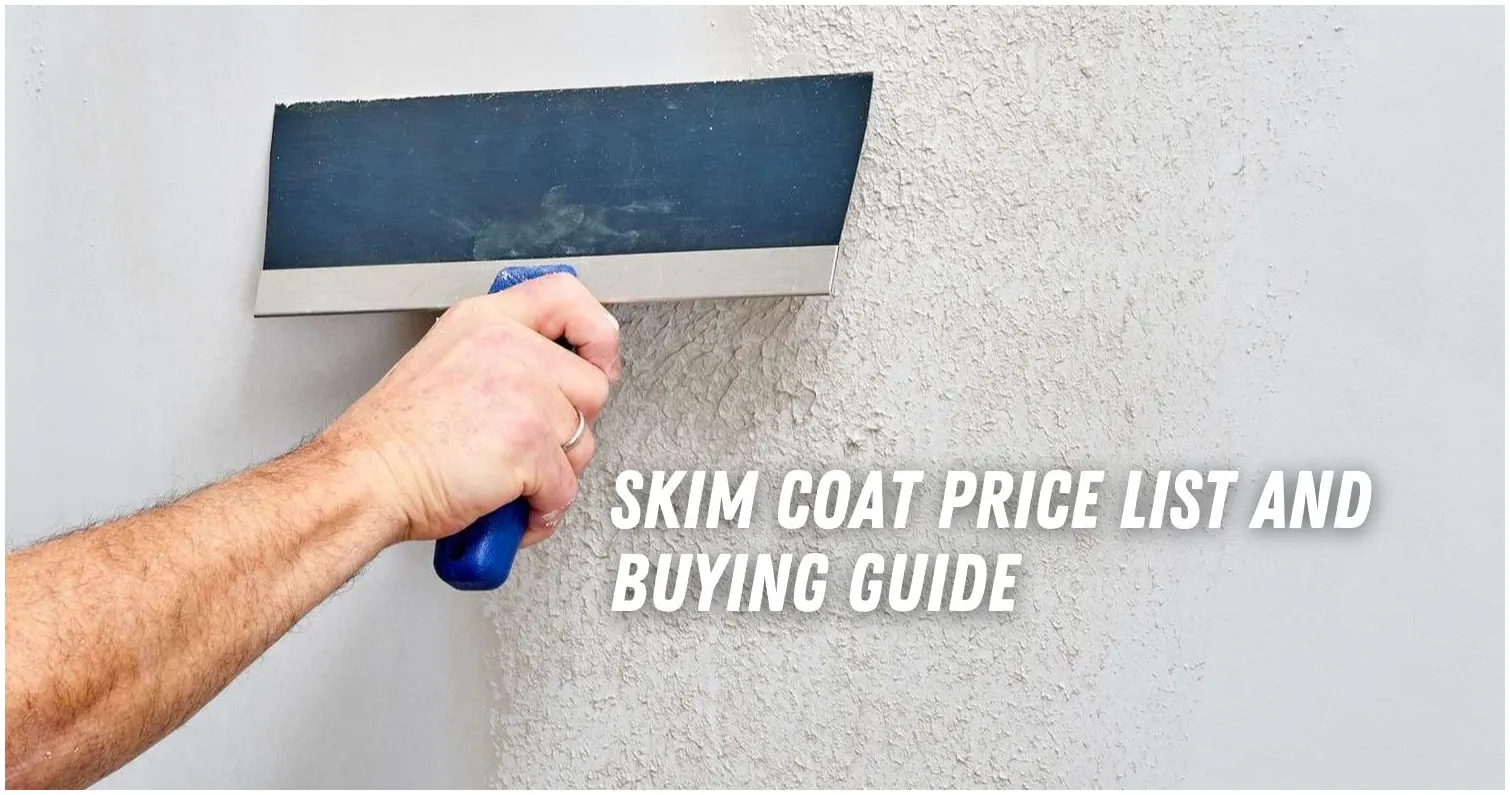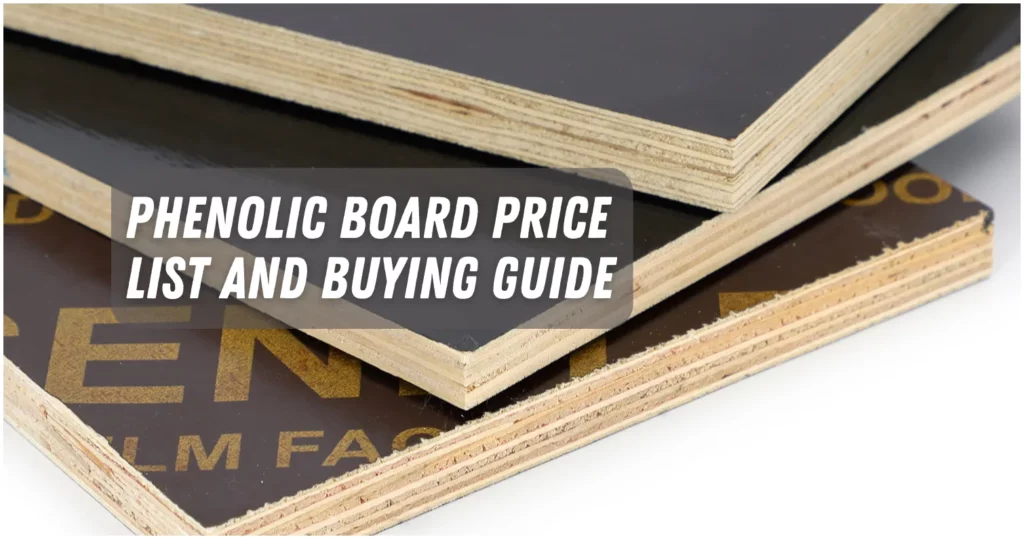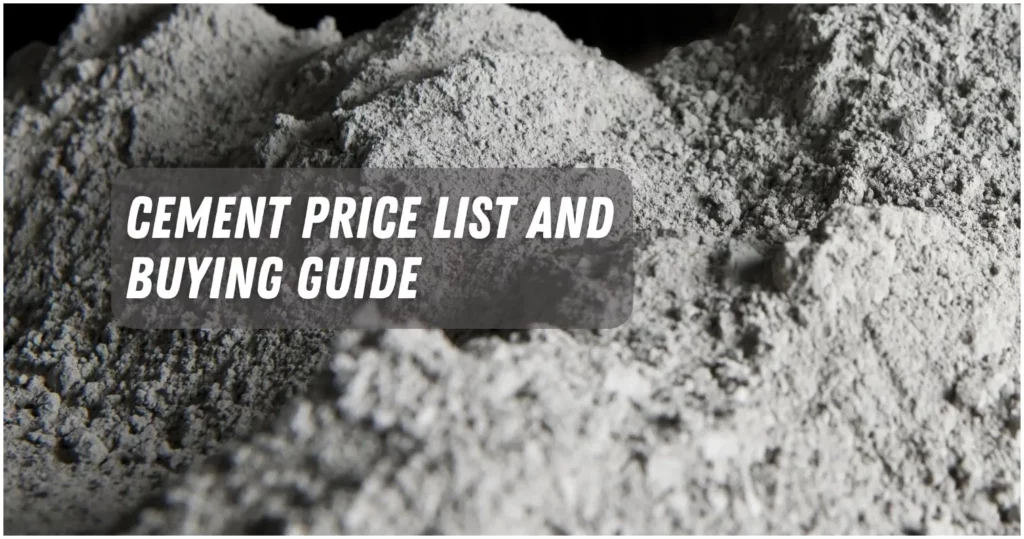Skim coat isn’t just for making smooth walls; it has a lot more to give. This article will go into depth about it, including what it is and, most importantly, how much skim coat price in the Philippines.
Whether you want to improve the look of your walls or cover up flaws, it’s important to know how much skim coat costs. So, let’s learn more about skim coats and find out that their usual price range is between 40.00 and 1,450.00.
What is Skim Coat?

A skim coat is a thin layer of plaster or paint that is put on the surface to help fix small cracks, fill gaps, and even out uneven spots.
So, to put it simply, skim coating is a way to give a wall or ceiling texture and make it smooth.
Most of the time, this is how drywallers smooth out walls and hide flaws. Skim finishing is another step that needs to be done before painting.
It cleans and smooths the surface so that the paint job looks like it was done by a professional.
Type of Skim Coat Plaster
Skim coat comes in three main types: superfine, normal, and coarse.
Superfine skim coat

This coat is used on smooth surfaces like walls or ceilings. It is put on in thin coats and works well for polishing surfaces that are already smooth.
Standard skim coat

This coat is good for areas that are rough. It is usually three to five millimeters thick, which is bigger than superfine skim coat. This type works well for leveling and fixing areas that aren’t smooth.
Coarse skim coat

This type of coat is made for areas that are very rough and need a lot of leveling. It is put on surfaces that are rough or have a lot of roughness to make a smooth base for more finishing.
Also, there are different kinds of skim coats based on what they are used for:
- All-Purpose Type: This is the first coat or base coat that is put on walls that have been damaged. It helps cover cracks and gaps before a different type of skim coat is put on.
- Quick Set Type: This type of paint is used as the first coat. It is similar to the “all-purpose” type. It dries quickly, usually in five to two hours and ten minutes.
- Covering Type: Skim coat that is used as a covering shrinks less when it dries and is easy to sand. It is often used as the second coat to make a surface that is smooth and polished.
Different types of skim coat have different price and benefits, and the right one is chosen based on how the surface is and what the goal is.
What and When Skim Coat is Used For?

A skim coat’s goal is to create a flat, smooth, and uniform surface that can be painted or re-textured. Usually, at least two layers of skim coat are used to get a smooth and regular finish.
Skim coat is often used in a variety of scenarios to fix damage and improve the look of surfaces. It can be used as a single layer to touch up a small area or as multiple layers to make a smooth surface all over. After the skim coat is applied, the surface is often painted or retextured to make it look better.
Here are four usual times when applying a skim coat is a good idea:
- Fixing damage from wallpaper: When wallpaper is removed, it can leave holes or tears in the drywall underneath. A skim coat can successfully cover these flaws.
- Retexturing after drywall repair: After fixing drywall, a skim coat is often used to prepare the wall for painting or adding texture.
- Touching up old or ugly walls: Over time, walls can become damaged or worn. Applying a skim coat can refresh the walls and make them look as good as new without having to replace them all.
- Installing new drywall: When putting up new drywall, it is best to skim coat the surface to make a smooth base for sanding or painting. Even if the drywall won’t be painted, a thin skim coat is usually put on it.
By using a skim coat, you can make a smooth and clean surface. This makes it an important step in remodeling or restoring both new and old homes.
Skim Coat Price List
Here is a list of the price of skim coat from different brands that you can buy on the Philippine market:
| Brand | Package Size | Price |
|---|---|---|
| ABC Skim Coat | 1 kilogram | ₱40.00 |
| Hakito Skim Coat | 1 kilogram | ₱122.50 |
| Holcim Skim Coat Super Fine | 20 kilograms | ₱420.00 |
| Zemcoat Skim Coat Super Fine | 20 kilograms | ₱468.50 |
| K201 Konstrukt Skim Coat | 4 liters/1 galloon | ₱480.00 |
| Lanko 101 Skim Coat | 25 kilograms | ₱1,450.00 |
Advantages and Disadvantages

Here are some good things about using a skim coat and some bad things about it.
Skim Coat Pros
- Cost-effective: Skim coat is a cheaper choice than getting rid of existing textures because it price doesn’t cost as much.
- Better surface: When skim coating is done right, it makes the surface smoother and more even, which improves the wall or ceiling as a whole.
- Looks better: Skim finish gives the surface a clean, modern look.
- Skim coating can fill in holes, level uneven edges, and hide gaps between bricks, making fixes look like they were never there.
- Finishing is easier because skim coat makes the surface smoother. This makes it easier to sand and reduces the chance of surface powdering, which can irritate the lungs.
- Skim coat powder can make paint colors look more vibrant and reduce the number of different shades.
Skim Coat Cons
- Not beginner-friendly: For the best effects, you need to know how to skim coat and use the right techniques. Beginners may find it hard to use because you have to be careful not to damage the surface, especially when skim coating wood.
- Skim coat plaster is easy to use, but it takes a long time to get ready for it.
- Increased exposure of flaws: Skim coating that isn’t done right can make flaws on the surface stand out more, instead of hiding them.
- Skim coating takes longer to dry than other ways for textured walls, which can make the whole painting process take longer.
Even though skim coating has some benefits, you should think about these drawbacks and weigh them against your own wants and situation before deciding whether or not to use it.
FAQ About Skim Coat
What does a skim coat do?
Skim coat is a fine mortar that is used to make walls and ceilings flat, smooth, and even so that they can be painted or retextured.
Is skim coat waterproof?
No, skim coat is not waterproof. But there are skim coat products that won’t let water stick to brick walls and ceilings.
Is skim coat a type of paint?
Skim coat is not the same as paint. It is a thin coat of joint compound or drywall compound that is used to smooth out surface flaws before painting.
Is skim coating a good idea?
Skim coating can be used to fix the texture of drywall after it has been fixed and to fix up old or ugly walls without having to replace them all.
Can skim coat be used on Hardiflex?
No, flush joining HardieFlex® sheets should only be done with HardieStop® Base Coat or HardieFlex® Putty Jointing Compound.
Does skim coat cover cracks?
Yes, you can hide joints, cracks, and nailheads on the surface with a skim coat of drywall compound.
Why skim coat before painting?
Skim coating smooths out imperfections on the wall surface, making it easier to paint.
Is skim coat safe for exterior use?
Some acrylic skim coat products are flexible enough to be used on both the inside and outside of walls and ceilings.
Can I paint after applying skim coat?
It is best to paint the walls right away after skim coating to protect the surface and keep it from getting scratched or scuffed.
How many layers do you need for a skim coat?
Most of the time, at least two skim coat layers are used to get a smooth finish. If there are grooves or dents that can be seen, you can add more layers.
Does skim coat require primer?
Yes, the wall needs to be primed before the skim coat is put on. Priming protects the surface and makes it easier for the paint to stick. Wait until the paint is dry before you put on the skim coat.
What are the side effects of skim coat?
Skim coat materials that come into direct touch with the skin can cause redness, itching, burning, and swelling. When you touch something that is wet, you can get serious burns and damage to your tissues. Eye contact can cause major damage to the eyes.
What are the disadvantages of skim coat?
Skim coating is more expensive than textured wall ways because it takes more skill and time to do. Skim coat takes a long time to dry.
How to Skim Coat Walls

Follow these steps to spray coat a wall:
- Put down floor rugs and cover the baseboards to get the area ready. Turn off the power and take off the face plates in the area where you will be working.
- Prime the whole wall to make sure the finish is even and to fix any loose paper. Wait until the primer is dry to move on.
- Mix water into joint solution until it has the consistency of mayonnaise. Follow the guidelines from the manufacturer for the right amount of water to compound.
- Use a roller or a paint sprayer to put the mix on the wall. If you’re using a roller, don’t put on more than 1/8 inch of solution at a time. Smooth out the compound in small areas before it dries. Press down hard on the roller to get rid of bubbles.
- Smooth out the mix with a skimming blade or a trowel. Start at the top and pull down, if necessary making more than one pass. Wipe the blade clean and clean the shovel of any extra compound.
- Repeat the steps of putting the compound on and smoothing it out until it is perfectly smooth. Apply the second coat horizontally, and if you need to, keep switching directions. The job can be made easy with a squeegee trowel.
- If an area starts to dry before you’re done smoothing it, spray it with water from a spray bottle and keep going. If you need to, use a sanding pad or a putty knife to get rid of lumps or mud lines.
- When the skim coat is dry, use a cotton towel to wipe the surface clean of any dust.
How to Put on a Skim Coat:
- Paint Roller: Use the cover and frame of a paint roller to spread joint compound on the wall. It works quickly and is easy to clean up after.
- Drywall Knife: Use the drywall knife to spread the compound and smooth it out. It takes more work and time, but you don’t have to buy as many tools.
- Texture Sprayer: If you want to apply the texture quickly and easily, you should rent a texture sprayer. After you spray the cement, you can finish it with a roller or drywall knife. Note that a regular paint sprayer won’t work; you need a texture sprayer.
In conclusion, skim painting is a cost-effective way to make walls and ceilings smooth and uniform.
But it takes skill and time to make sure the finish is perfect. It’s important to remember that the price of skim coat can change based on things like the size of the area and how hard the job is.
In general, skim painting is a great way to make your walls and ceilings look better.
[ratings]

